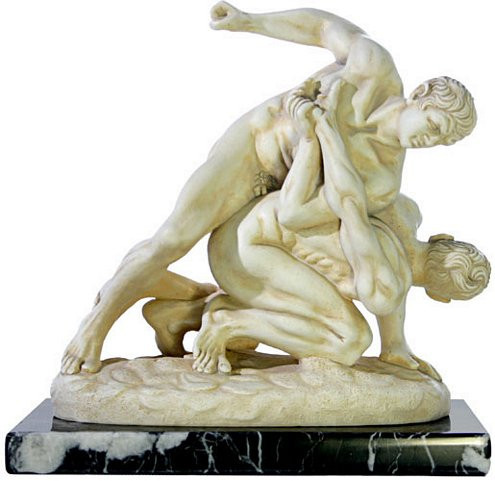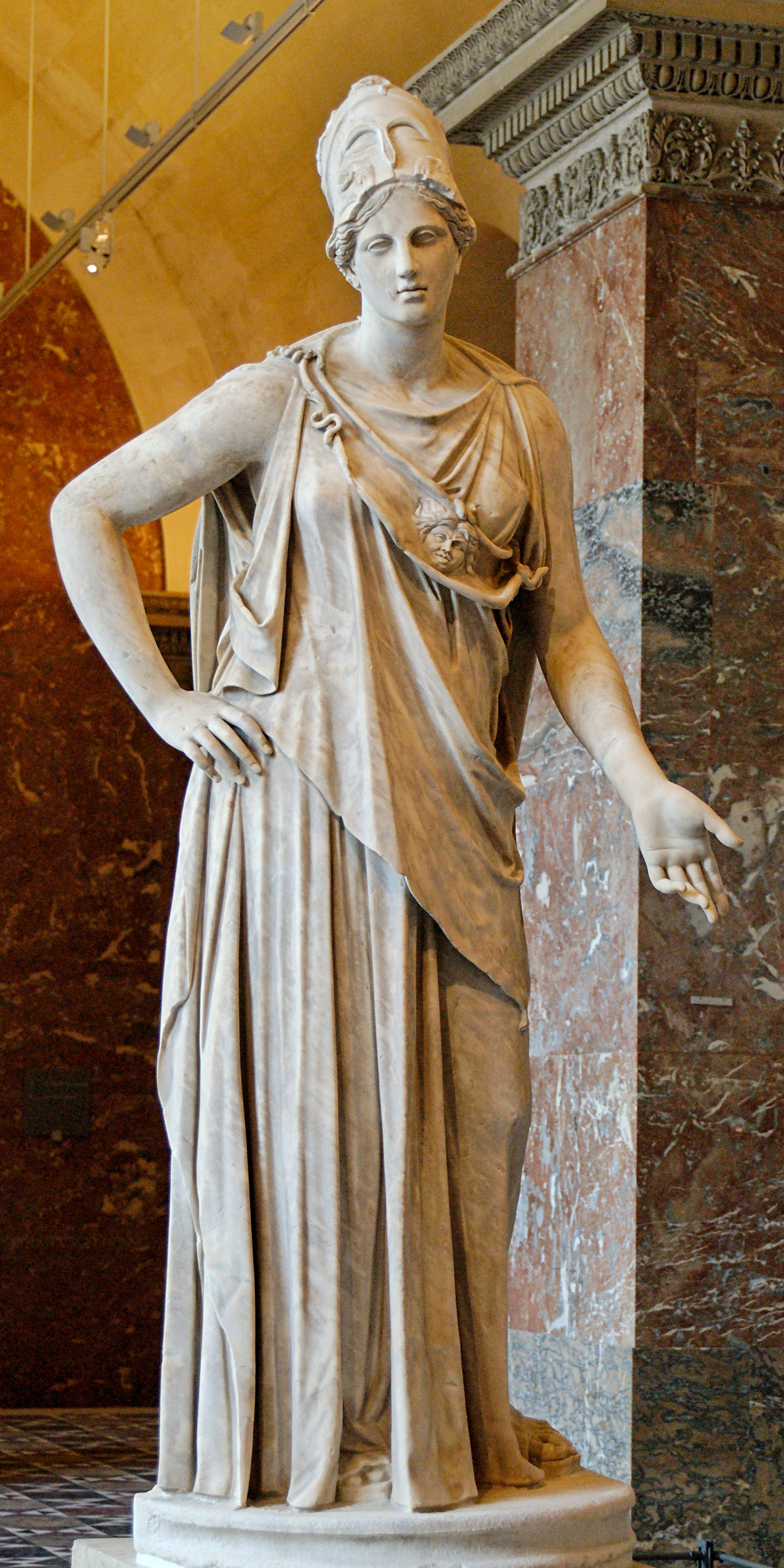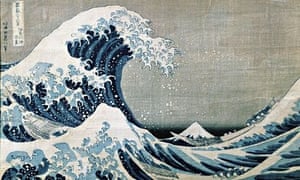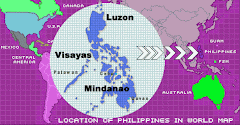i saw his eyes flitting from left to
right, his left hand holding the left knee of the girl beside him in the jeep.
are those the eyes of an addict, searching, alert for any intrusion in his
expression of love?
Nakita ko ang mga malilikot niyang
mata, pakaliwa, pakanan, habang nakahawak ang kanyang kaliwang kamay sa
kaliwang tuhod ng babaeng katabi niya sa jeep. Yun ba ang mga mata ng isang
adik, naghahanap, alerto sa paglaban sa kung sinumang makikialam sa kanyang
pag-ibig?
i saw the body of a teenager sprawled
on the road, beside the gutter. blood spilt around and people approached it,
even quietly, inquisitively. “what did he die of? or why was he shot dead? who
shot him dead? they said he was an addict, maybe snatcher. did a co-criminal
shoot him? who? why?”
Nakita ko ang katawan ng isang
teenager sa kalye, malapit sa kanal. Tumutulo, kumakalat ang dugo sa kalye. Ang
mga tao papalapit, nagtatanong, “ano'ng kinamatay niya? Bakit siya binaril at
pinatay? Sino ang pumatay sa kanya. Sabi nila isa raw siyang marahil adik o
snatser. Isa bang kakosa ang pumatay sa kanya?
souls moving about in the cemetery,
uneasy, seemingly wanting to be physically present. i sensed the soul of a body
riddled with bullets; another soul of an elderly, with bullet-holes in his
head. why so many dead? why, wherefore are they going? can they come back if
they would like to? who will receive them? who will be happy to meet, to kiss
and embrace them again?
Maraming kaluluwa ang umiikut-ikot sa
sementeryo, hindi mapakali; nagnanais waring mabuhay muli. Naramdaman ko ang
kaluluwa ng isang katawan na tadtad ng bala; isang kaluluwa ng nakatatanda at
maraming tama ng bala sa ulo. Bakit napakaraming patay? Saan sila papunta?
Makababalik pa ba sila kung nais nila? Sino ang tatanggap sa kanila? Sino ang maliligayahang makita silang muli, mahagkan, mayakap?
a child's eyes ask, “inay, bakit
nakahiga si tatay?” “natutulog lamang siya. pag gising niya. magkakasama na rin
tayo.”
Nagtatanong ang mga mata ng isang
bata, “Inay, bakit nakahiga si tatay?” “natutulog lamang siya. Pag gising niya,
magkakasama na rin tayo.”
a mother is weeping, “wala na, wala ng
tutulong sa pag-akay sa akin pagtanda ko.
kinuha na siya ng Diyos. kailangan ko nang magtulos ng kandila.”
Isang ina ang lumuluha. “wala na, wala
ng tutulong sa pag-akay sa akin pagtanda ko. Kinuha na siya ng Diyos. Kailangan
ko nang magtulos ng kandila.”
wait, a hearse is passing by. it is a
grandmother's entry to a second life so the franciscan priest had said in his
homily. she lived a full life, so her relatives say, saving the poor from
crippling, debilitating diseases of the lungs caused by dark smoke, by not
eating enough to nourish the body. not only did she cure for free; she also
sang songs to the world, speaking of being in love only once in a lifetime. ah,
she bears roots in an era when to be gentle, to feel love, whether woman or
man, was a mark of decency, a tendency to be human and immortal at the same
time.
Hintay, hintay. Dumaraan ang isang
karo. Isang lola pumapasok sa sa pangalawang buhay niya, ayon sa isang paring
Franciscano sa kanyang sermon. Nabuhay siya ng buong giting, ayon sa kanyang
mga kamag-anak,sinasalba ang mahihirap sa nakalulusaw, nakalulumpong sakit sa
baga dulot ng maitim na usok, dulot ng kawalan ng makaing masustansiya para
lumakas at lumusog ang katawan. Hindi lamang siya nanggamot; umawit din siya ng
mga awit para sa mundo, mga awit na nagtataglay ng madamdaming umiibig ng
minsan lamang sa buhay. Ah, ang buhay niya ay nakaugat sa isang panahong kung
saan ang pagiging maginoo, ang pag-ibig sa kapwa ay tanda ng pagiging tao,
pagiging marangal, isang tendencia para sabay na maging tao at maging buhay
magpakailanman.
why should memories of love mingle
with scenes of death? why should tears over death overpower surging feelings of
love? why can we not see love as it is – a deep feeling for the life of
another, for the continued existence of another?
Bakit kailangang maghalo ang mga
alaala ng pag-ibig sa mga larawan ng pagkamatay? Bakit kinakailangang maigpawan
ng mga luha dahil sa pagkamatay ang nag-uusbong na damdamin ng pag-ibig? Bakit
di natin makita ang pag-ibig bilang isang marubdob na damdamin para sa buhay ng isa pang nilalang, para sa walang hanggang pagkabuhay ng isa pang kapwa?
why should we see death as the end of
life? is there not life after we breathe our last? is there no love as well?
should love and death be present together in our lives to remind us of our
mortality?
Bakit kailangang tingnan natin ang
kamatayan bilang isang katapusan ng buhay? Wala na bang buhay sa huling hugot ng hininga? Wala na rin bang pag-ibig
yaon? Kinakailangang
bang magsabay ang pag-ibig at kamatayan sa ating buhay upang maalala nating parating hiram lamang ang ating pagparito sa mundo?
what is being mortal? it is knowing
that we are beings borne of God's impatience with lack of love being nurtured
in its proper surroundings, where everyone nods, smiles, pats the shoulders of
a companion and celebrates everyone's presence. ah to see it that way, we are
being idealistic.
Ano ang pagiging mortal? Ito ay pagkilala na tayo ay mga nilalang na nabuhay dahil sa pagkainip ng Diyos sa kawalan ng pag-ibig na kinakalinga sa tamang kapaligiran kung saan lahat ay tumatango, ngumingiti, tinatapik ang balikat ng isang kasama at pinagdiriwang ang pagkatao ng lahat.
or maybe love starts with idealism.
however, it need not descend to cynicism; nor to end in death. rather, it
springs again to shower the fields with roses and lilacs and fragrant
sampaguitas that draw everyone to feel and smell human, and to perceive the
divine in everyone.
Marahil din, ang pag-ibig ay
nagsisimula sa ideyalismo, ang isang mithiing di makakamit ninuman. Nguni't di
kailangang humantong ito sa pagtuya; o kaya'y matapos sa pagkamatay. Dapat ito
ay magbubungang muli upang diligan ang parang ng mga rosas, lila at mababangong
sampagita na siyang hihila sa lahat upang damhin, samyuin at makita ang dakila
sa bawa't isa. Ang pag-ibig ay ang pagkakaroon ng damdaming hindi masapawan ang
isa, maisahan.
- wilhelmina, 25 august 2016, kaps
By: Dave Sanchez Item #: 8574487 all posters


 Greek sulpture, wrestlers
Greek sulpture, wrestlers Olympic sculpture discus thrower
Olympic sculpture discus thrower  Javelin Thrower, Greek sculpture
Javelin Thrower, Greek sculpture 






